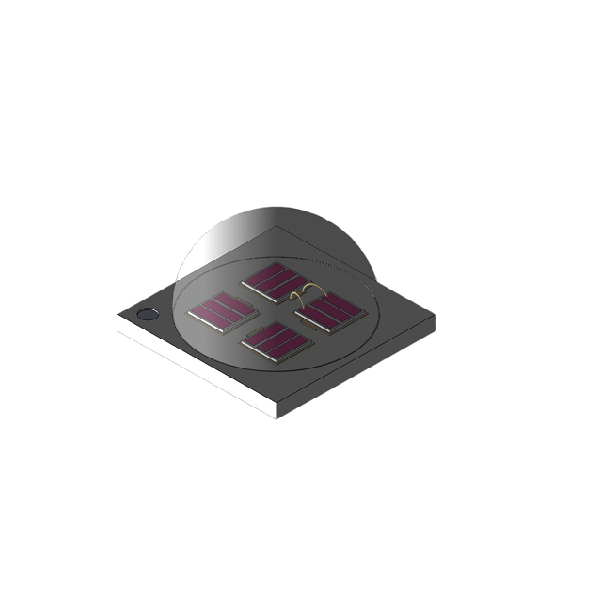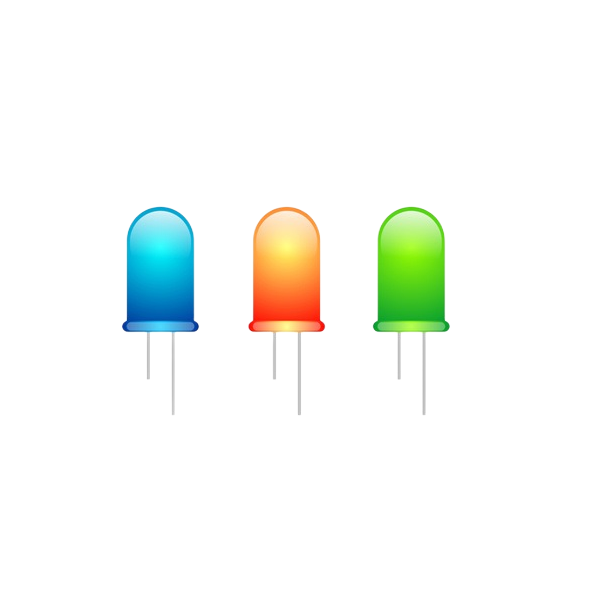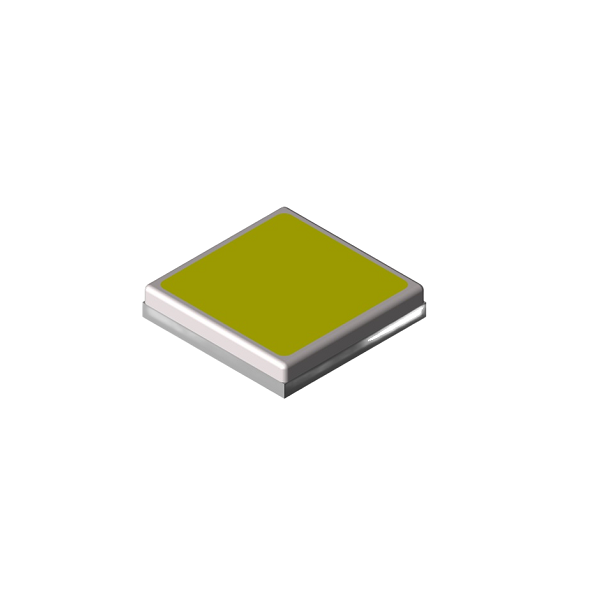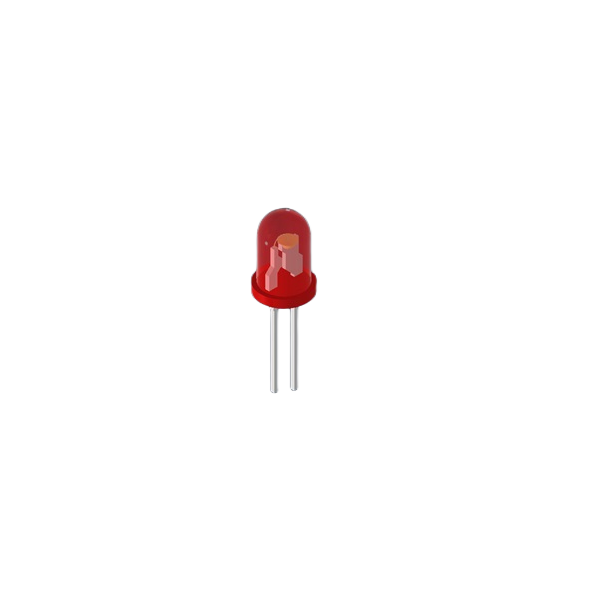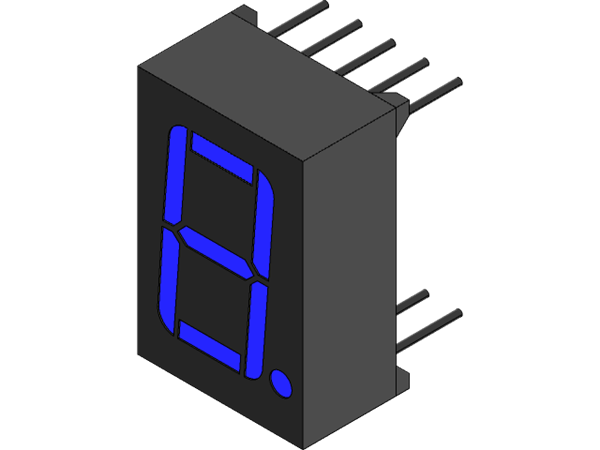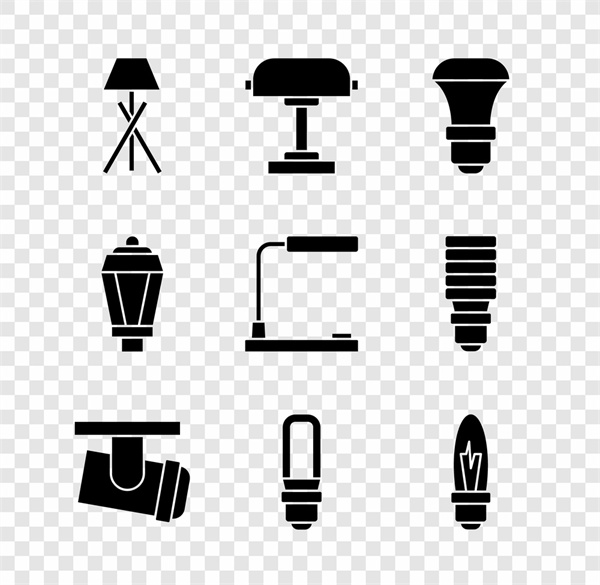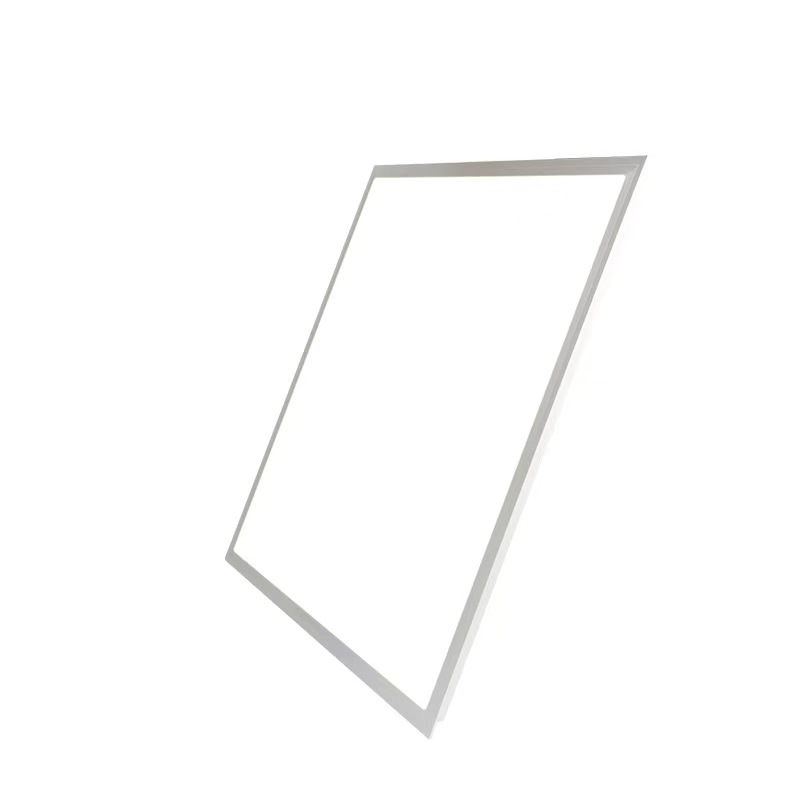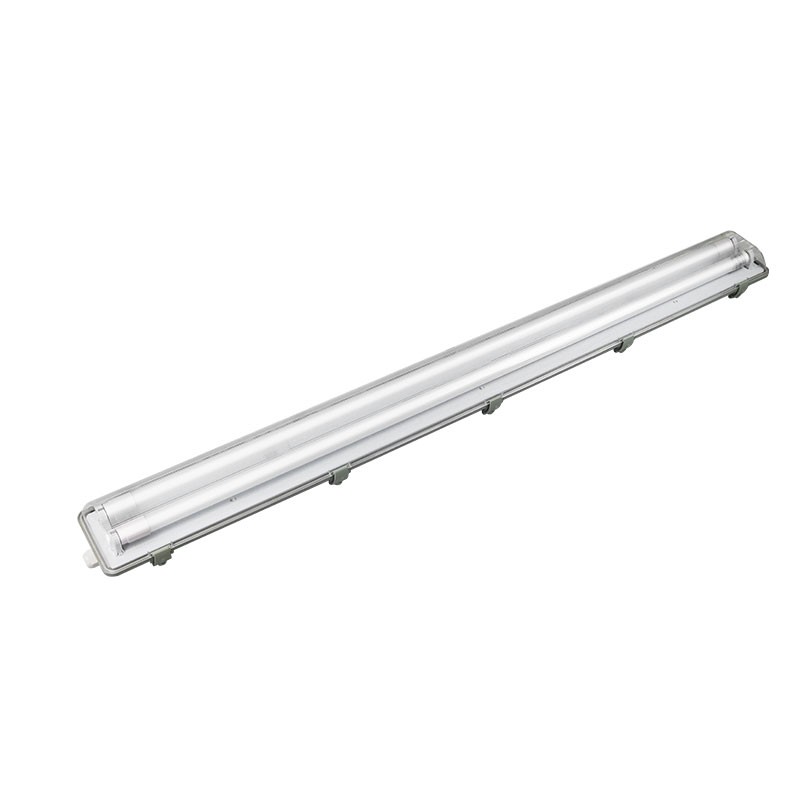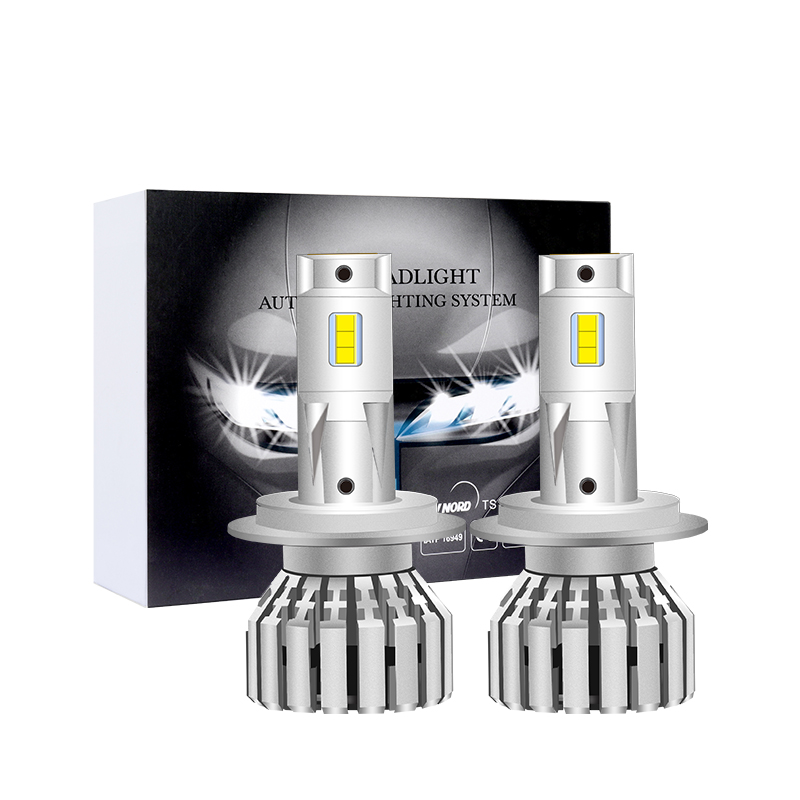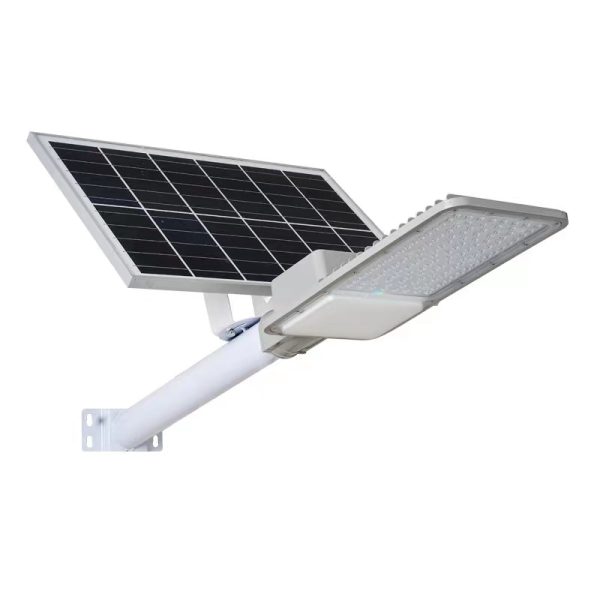Introduction
UV LEDs are light-emitting diodes that emit ultraviolet light. These devices have a wide range of applications, from disinfecting surfaces to curing UV-sensitive materials. UV LEDs are becoming increasingly popular due to their many benefits, including low power consumption, long lifetime, and compact size.
What are UV LEDs used for?
UV LEDs are widely used in various applications that involve the generation, detection, and measurement of ultraviolet light. This can range from medical diagnosis to plant health monitoring. UV LEDs are also used for electronic document authentication, and in security and forensic applications. They can be used for disinfection and purification of water, air, and surfaces, as well as for curing of UV-sensitive materials such as adhesives and coatings. UV LEDs also have applications in general lighting, such as for curing nail polish and for blacklight entertainment lighting. UV LEDs are also increasingly being used in UV-C lighting, which is used for disinfection of surfaces, air, and water. These UV-C LEDs emit light at wavelengths of between 200 nm and 280 nm, which is ideal for germicidal irradiation and other such applications.
What are the benefits of UV LEDs?
UV LEDs have a number of significant benefits over traditional UV light sources. The most notable of these benefits is the low power consumption, which makes them ideal for battery-powered applications. The low power requirements also reduce the thermal load and associated power losses. UV LEDs have a long lifetime and are highly reliable, making them suitable for both commercial and industrial applications. Additionally, UV LEDs are also very compact, making them suitable for use in space-constrained applications. The small size allows for easier integration into existing systems and aids in thermal management, as the small size produces less heat. Another major benefit of UV LEDs is the decreased chance of accidental exposure to the UV light, due to their small size and the lower intensity of the emitted light than traditional UV light sources.
What are the challenges of working with UV LEDs?
Despite the many benefits, working with UV LEDs can be a challenge due to potential health risks. The UV light emitted from UV LEDs can cause skin and eye damage if not handled properly. Special safety procedures and precautions must be taken when working with UV LEDs, such as the use of UV-protective eyewear and other protective equipment. UV LEDs can also be more susceptible to damage due to the low voltage and current requirements. To minimize the risk of damage, it is important to use a suitable driver circuit that is specifically designed for UV LEDs. Another challenge with UV LEDs is the frequent need for cooling, as the small size of the LEDs generates more heat than traditional UV light sources.
How to get started with UV LEDs
Due to the potential safety and maintenance risks associated with UV LEDs, it is important to follow best practices and use the right products for the required application. First, the UV wavelength should be selected according to the specific application and the desired power output. It is also important to select a driver circuit that is suitable for the UV LED, as the wrong driver can cause premature failure. For maintaining a safe environment while using UV LEDs, it is important to always follow the safety guidelines and use the necessary protective equipment, such as UV-protective eyewear. It is also important to ensure adequate cooling of the LED to prevent damage and reduce the risk of fire.
Conclusion
UV LEDs are increasingly popular due to their many benefits, such as low power consumption, long lifetime, and compact size. However, it is important to understand the potential risks when working with them and to use the appropriate protective equipment and driver circuits. By following these tips, it is possible to safely and reliably use UV LEDs in a wide range of applications.


